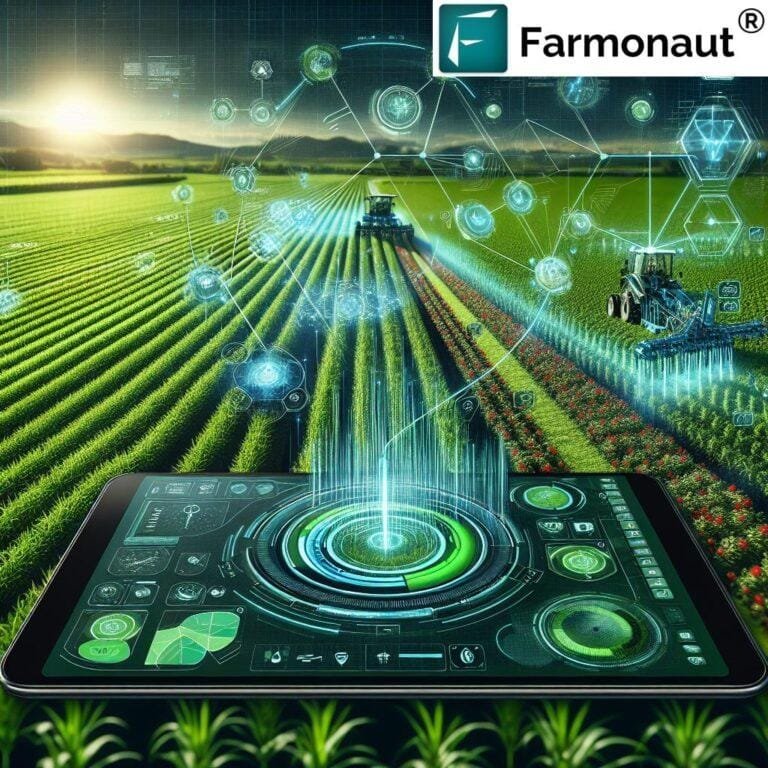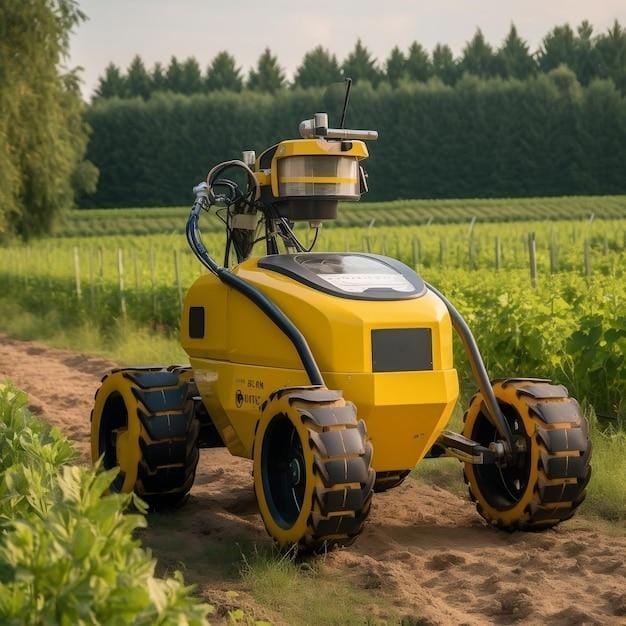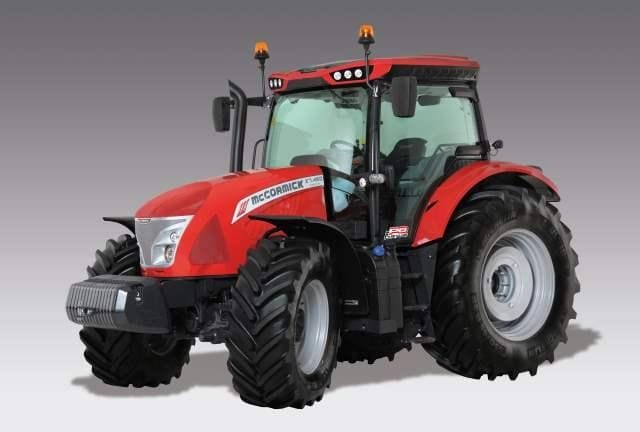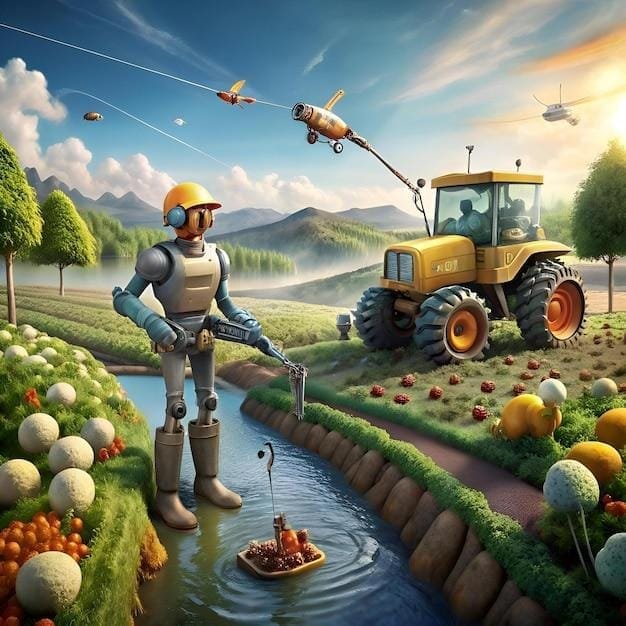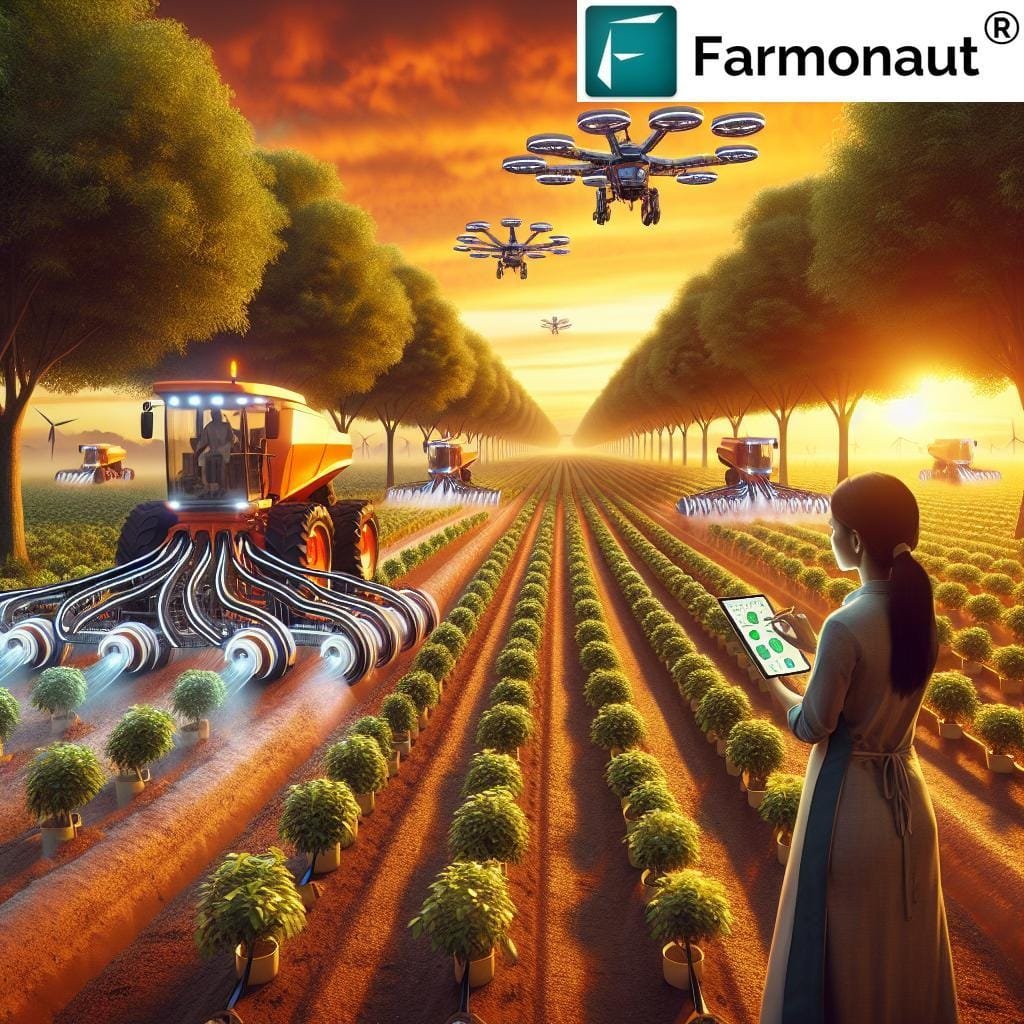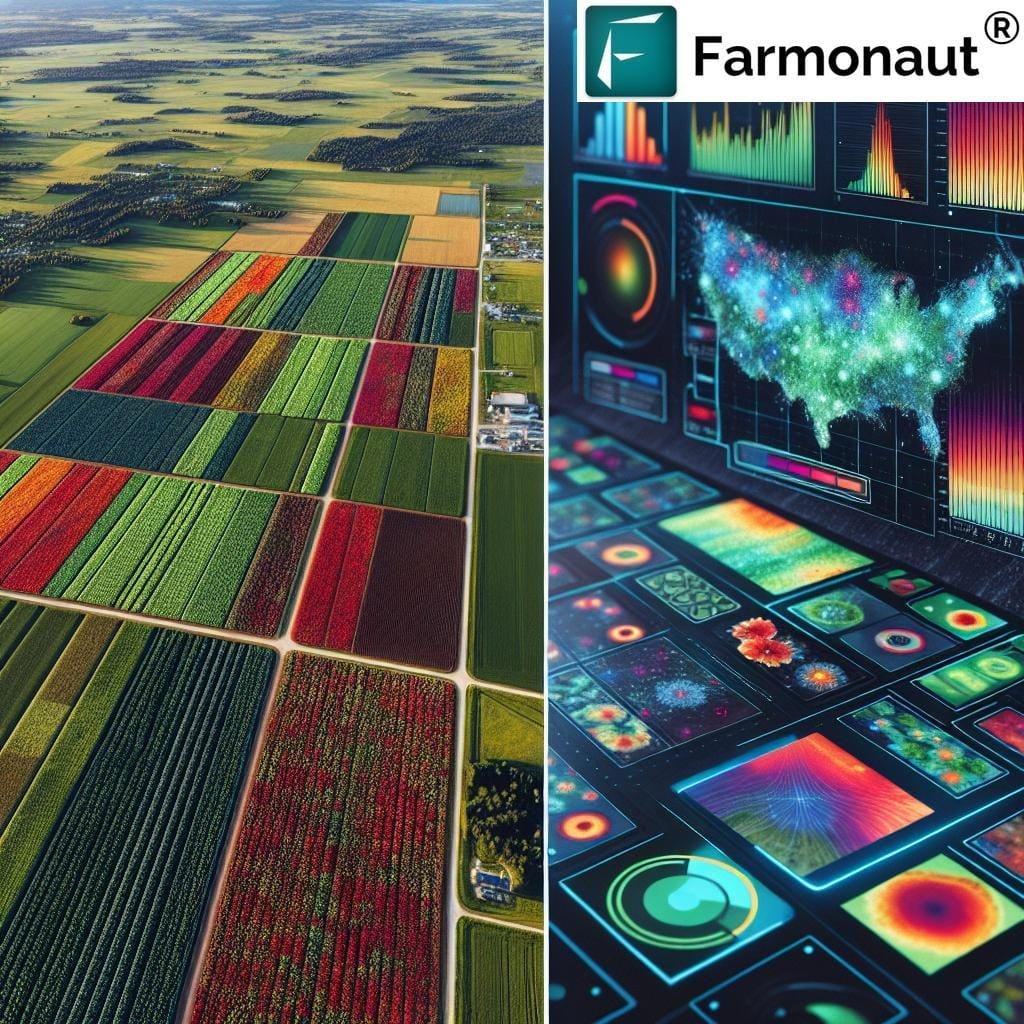Precision agriculture carves out a new paradigm for farming-where intuition and tradition once prevailed, intricate layers of technology now guide every decision. Unnoticed by most passersby driving along sunlit rural roads, sensor arrays poke through waving barley fields. A subtle shift is underway: more than just tractors trundling under the morning glare, these days farming’s heart beats to satellite signals and software routines.
Harvest cycles used to follow familiar cues from soil or sky; but with precision agriculture, even subtle spatial variability across a single plot can receive custom treatment. Technologies such as drone-based multispectral imaging reveal anomalies invisible to the human eye, helping farmers map pest pressure or nitrogen gaps. Georeferenced prescription maps-decidedly not something Grandpa’s almanac could provide-feed instructions directly into variable rate applicators that administer fertilizers like selective surgeons instead of indiscriminate hands. Sometimes the machinery even stops moving mid-row; autonomous navigation software issues an unexpected adjustment when it detects compaction ahead. Moments such as these embody both progress and unpredictability.
Yet it is not only hardware steering this agricultural reinvention; perhaps more striking are evolving approaches to data itself. Modern platforms ingest torrents of information from remote sensors implanted below topsoil crusts or attached to livestock lanyards-the resulting streams processed through predictive analytics layered inside farm management dashboards. This tapestry allows growers insight ranging from minute-by-minute irrigation requirements on sandy knolls to year-over-year canopy health in wind-shadowed valleys.
Among precision ag solutions being refined today:
– Soil mapping via gamma-radiometry provides granular resolution for subsurface variability.
– Internet-of-things (IoT) devices harmonize greenhouse conditions by automatically adjusting shade screens at midday lulls.
– Satellite-linked yield monitors offer real-time feedback allowing field managers mid-season recalibration rather than post-hoc regret.
Some industry voices claim these advancements have nearly eliminated wasteful input application entirely-a swift decline in environmental externalities has been observed in some testfolds-but evidence remains mixed outside research plots. Besides ecological outcomes, profitability undeniably rides higher when each kilogram of seed meets its optimal timing and placement.
Curiously enough, biotechnology sometimes emerges less frequently in public conversations about hi-tech farming than artificial intelligence algorithms do nowadays-even though gene-edited cultivars underpin much improved stress resilience on marginal terrain (which reminds me: AI detection tools might assume “resilience” pairs only with “climate” and miss “terrain”). While this synergy between old biology wisdom and silicon-powered recommendations can feel disjointed at times-it also demonstrates how innovation resists easy categorization.
A number of crucial aspects require consideration before large-scale deployment. Cost barriers remain formidable; many independent operations hesitate before dipping their boots into costly GPS-guided planters or neural-net-driven scouting drones due to thin margins. Learning curves loom especially tall where robust digital infrastructure is absent-the tale sometimes told that all farms will digitize overnight simply misses nuances peculiar to multigenerational land stewardship traditions.
With so much emphasis placed upon sensors that optimize fertilizer spray rates downwind from windrows, rare mention goes toward community knowledge embedded within local grower cooperatives-or superstitions still guiding decisions beneath high-tech exteriors (it isn’t unheard-of for an operator using cloud-based analytics during daylight hours still hiding iron horseshoes at barn entrances come dusk). Yet occasionally cutting-edge doesn’t fully supplant what came before-it folds it into odd harmony.
Even so-called smart irrigation arrays experience both hype cycle enthusiasm and operational setbacks after hardware malfunctions leave rye half-wilted following calibration mishaps-a gentle reminder that no technological sophistication entirely erases nature’s propensity for surprise storms or equipment gremlins at critical junctures.
Recent policy incentives attempt smoothing rocky transitions: regional grants target adoption amongst midsize row crop enterprises; tech companies invest heavily into support bundles marrying long-term maintenance contracts with farmer education programs promising transparency untainted by proprietary lock-in clauses. But opinions diverge whether adoption rates will outpace global population growth over the next decade-some say yes if systems scale gracefully while others suspect infrastructural bottlenecks will rear up stubbornly as ever.
On another note entirely: discussing precision agriculture without regarding labor impact misses something essential. Automation often reshuffles roles rather than strictly reducing them-instead of hand-seeding every furrow, skilled operators monitor dashboards bristling with telemetry feeds (not always loving office chairs but appreciating relief from July heat). It’s reminiscent of jazz orchestras where soloists improvise differently each night despite reading off sheet music-they work together according varying competence levels instead of seeking perfect sequence.
Farming never did unfold along textbook patterns anyhow-it was always part science project strapped atop centuries-old folklore whispered between fence posts after dusk settles over soybeans readying again for harvest moon feasts no algorithm yet anticipates correctly.
Precision solutions continue proliferating-not linear nor predictable but woven through landscapes whose complexity technology merely augments rather than defines absolutely.

